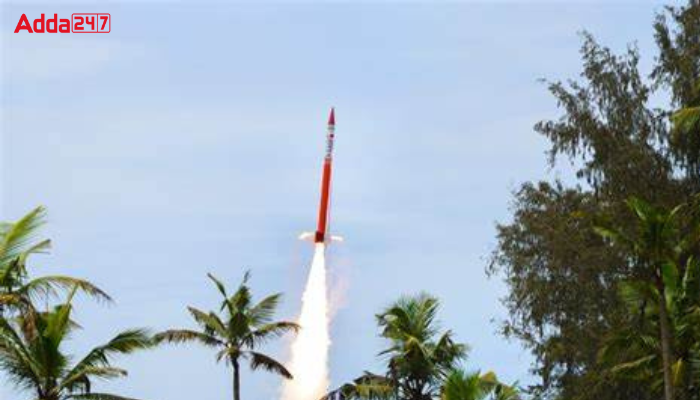The Inflatable Aerodynamic Deceleration (IAD) was successfully tested by the Indian Space Research Organization (ISRO). The IAD will be used for landing payloads on Mars or Venus in the future. It is specially designed for aerodynamically decelerating an object descending through the atmosphere. The IAD was folded and kept under the payload bay of a sounding rocket that was launched from TERLS Thumba.
Bank Maha Pack includes Live Batches, Test Series, Video Lectures & eBooks
Key Points related to Inflatable Aerodynamic Deceleration (IAD)
- The IAD was taken to an altitude of 84 km by the rocket where it was inflated and descended through the atmosphere with the payload part of the sounding rocket.
- The main objective of the mission was to demonstrate IAD technology for application in spent stage recovery and planetary entry.
- The IAD is kept stowed in the nosecone of the single-stage Rohini-300 Sounding Rocket.
- The IAD systematically reduced the velocity of the payload through aerodynamic drag and followed the predicted trajectory during the test.
- According to ISRO, all the objectives were successfully demonstrated.





 Which City is known as the City of Bambo...
Which City is known as the City of Bambo...
 Who was the First Prime Minister of Indi...
Who was the First Prime Minister of Indi...







